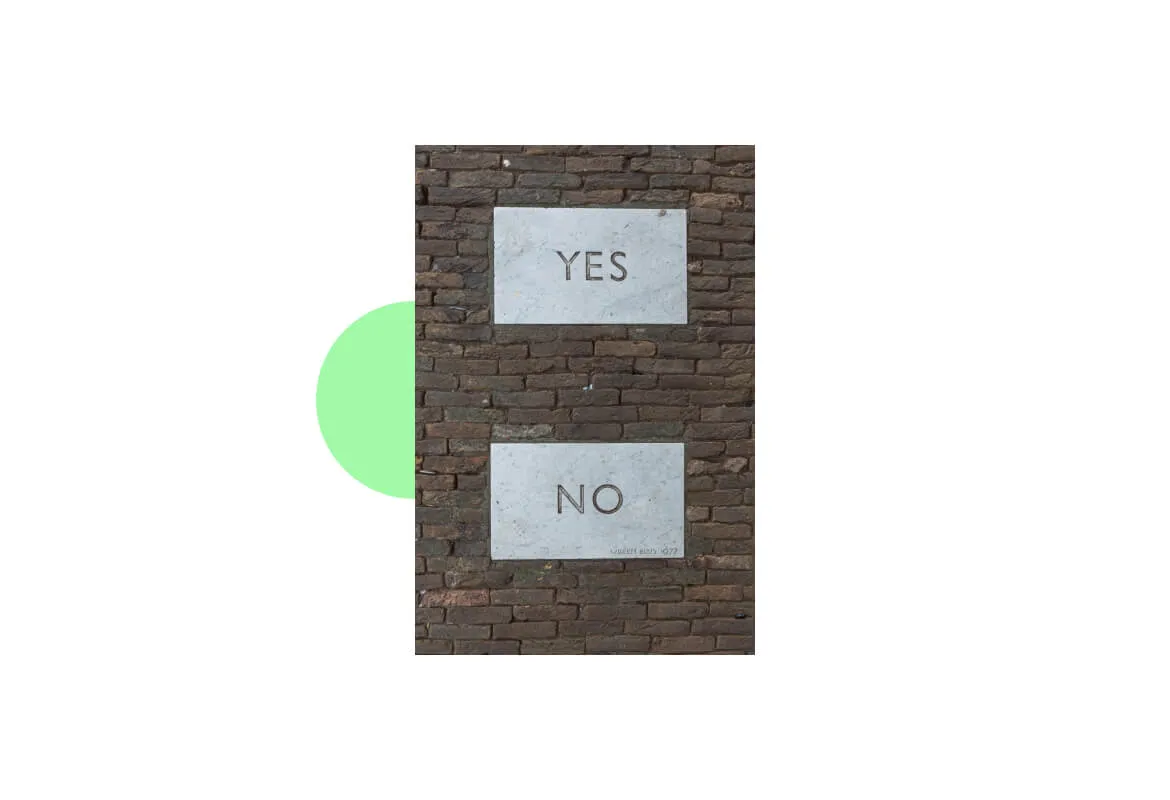Dry Socket vs Normal: Do I have dry socket?

Did you have a tooth extraction? Maybe you have one coming up. You likely heard the nerve-wracking advice, "Whatever you do, don't get dry socket." Okay, sounds like great advice. But what the heck is "dry socket?" Is this color normal? Should my socket look like that? How the heck am I supposed to know if this is healing normally?
Each year Americans spend $3B per year to have 10 million wisdom teeth extracted. That's quite a chunk of change for the tooth fairy to redistribute to the kids losing their baby teeth. With all that cash being spent on extractions nobody wants to spend more money to deal with dry socket.
What is dry socket
After a tooth extraction, dry socket can happen if the blood clot either fails to develop or dislodges before the wound heals. It's a painful situation because the underlying bone and nerve ending, normally protected by the blood clot, are exposed. The clot is important for the healing process as it allows your bone to regrow and for soft tissue to re-develop over the empty space.
When the bone and nerve are exposed, it causes crazy pain. Not just in the site of the extraction but also along the jaw and the side of your face where the tooth was removed. The open space (the socket) will get irritated and may fill with food particles, which just worsens the pain.
If you get it, you're not alone. It's the most common complication people get after a tooth extraction. And if you think you have a dry socket, don't fight through the pain. Call your dentist right away as they'll be able to help you address and overcome the problem.
How do I know if I have dry socket?
Of the millions of extractions that happen, 2-5% of those people will have to deal with dry socket. So how do you know if you're one of the unlucky few?
Feeling pain and discomfort is totally normal the first few days after an extraction. Come on, you just yanked something out of your jaw, of course it's not gonna feel great once the anesthetics wear off! This pain should be manageable with the pain reliever prescribed by your dentist, and it will go down after 2-3 days.
If you're paranoid (hey, it's cool to be worried!), here are the typical symptoms of dry socket:
- Pain of 5 out of 10 or higher within a few days of the extraction
- Pain that worsens in the days after the extraction
- An "empty-looking" socket where the tooth was removed
- Visible bone in the socket
- Pain that radiates from the extraction site out to your ear, eye, forehead, or neck on the same side of your face
- Bad breath or a foul odor
- Unpleasant taste in your mouth
Normal sockets after tooth extraction
Now you know all about what a dry socket looks and feels like. But what is it like when your socket heals normally after the extraction?
- Pain that continues to improve (aka decrease in intensity)
- A visible blood clot in the area of the socket
- No visible bone in the area
- No change in the taste of your mouth or how your breath smells
It will still take you a few days to start to feel like yourself again (minus a tooth or two) but each day you should feel like singing "I have to admit it's getting better" when you wake up.
Dry socket with stitches
Unfortunately dry socket is still possible with stitches. Dry socket can happen when the stitches fall out too early, which means the wound doesn't have time to heal.
Most dentists use dissolvable stitches to close the wound after a tooth removal. Dissolvable stitches usually disintegrate within a few weeks after the extraction. If your dentist used regular stitches they will schedule a follow up appointment in 7-10 days to remove the stitches.
Being gentle with those stitches helps keep the stitches intact, allowing your extraction to heal normally. "While it's important to be gentle with those stitches, it doesn't let you off the hook for keeping up your oral hygiene routine at home," shares Sarah Clark, RDH. "In fact, keeping your mouth clean is critical after an extraction to minimize the chance that food particles or bacteria get into your wound. That can cause irritation and even infections, leading to more serious complications."
TL;DR Yes it sucks to get a tooth extracted so you CAN eat ice cream for breakfast, but you CANNOT shrug off brushing your teeth.
Dry socket with bone graft
Dry socket can also happen with a bone graft. However, it's less likely than with a regular extraction because the wound is well-covered after the graft to ensure the bone has time to integrate into your jaw.
Your jaw will start to feel more normal after a few weeks of your bone grafting, but that doesn't mean your jaw is ready for an implant. It takes several months for the bone to integrate into your jaw and become strong enough to support implants.
Worried about dry socket?
Then let's talk about what you can do in the short- and long-run to help your socket heal well and stay healthy for the long run. Learn what you can do to help your socket heal whether things are going well or you have dry socket, and how you can prevent future issues that are complex, and expensive.
Check out "Dry Socket: The ultimate guide" for everything you need to know to avoid or deal with dry socket.









